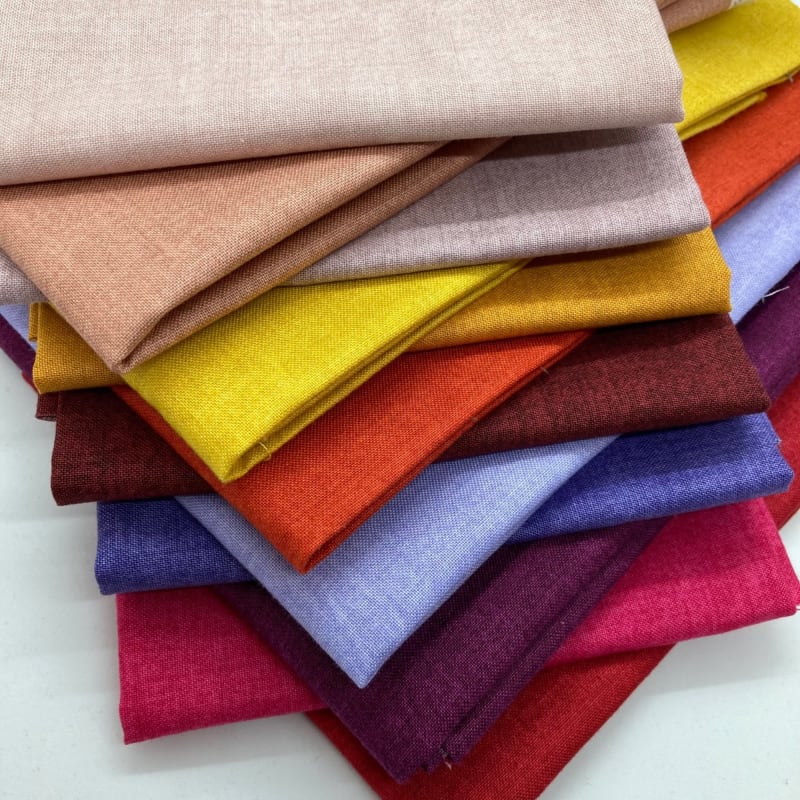
The textile industry uses chemicals to use in the dyeing process. In the dyeing process, industries use dangerous chemicals and metal contents. Society, the textile industry, fashion designers, art workers and the government has realized the dangerous use of synthetic dyes.
And government and other industries have found the solution for it. They have thinking to use Natural things for dyeing like, there are 41 dyeing plants commonly use as natural dyes. Colouring based in is the source of dyes from plants such as flowers, fruits, seeds, leaves, wood, skin, roots and so on. Colour from animals insecticides that produces red and purple.
While colouring based on the application method consists of mordant,
Vat dyes
- the process of using buckets, for example, Indigo, Wood, Tyrian purple
Direct dyes
- turmeric, annatto, pomegranate, safflower on cotton cloth
Acid dyes
- to dye polyamide materials such as wool, silk, nylon
Basic dyes/cationic dyes and disperse dyes for colouring polyester fibre and acetate.
Sustainability has three E’s, Environment, Economy and Equality.
As per today’s trend, sustainability is playing important role in businesses. And thinking about sustainability factors the textile industry is also in. and the textile industries are considering the level of complexity and knowledge about dyeing techniques. Sustainable use of natural dyes in the textile industry is achieved through connecting economic, equality and environmental aspects by increasing creativity in technology and increasing capacity and productivity.
Sustainability in textile industry structure is below:
Environment
- Conservation biodiversity
- Pollution performance
- Natural resources like agriculture, forestry, waste/by-products.
- 3R principles (reuse, reduce, and recycle)
Economic
- Market share/stability
- Economic performance (value-added, growth, efficiency and productivity)
- Indirect economic performance
Equality
- Poverty reduction
- Worker welfare opportunity
- Empowerment
- Institutional development
- Consumer health and safety
And taking these points in mind the textile industry follows and execute it.
The natural dye industry builds corporations with farmers to develop and increase land productivity this will increase farmer empowerment and local wisdom. And the use of natural raw materials will guarantee consumer health and safety and security from industrial workers.
And collaboration between researchers, designers and consumers are also needed to build a green strategy in producing a sustainable textile industry.
I hope you understand the dyeing and sustainability process in the textile industry.
Founded in 1976, Jagson Colorchem, based in Ahmedabad, is a leading manufacturer and global supplier of dyes, pigments, food colors, and auxiliaries. Colours is not just our business but also our passion. Follow us on Facebook and Instagram for more such interesting titbits!
Posted by : Shweta | 20 July, 2022